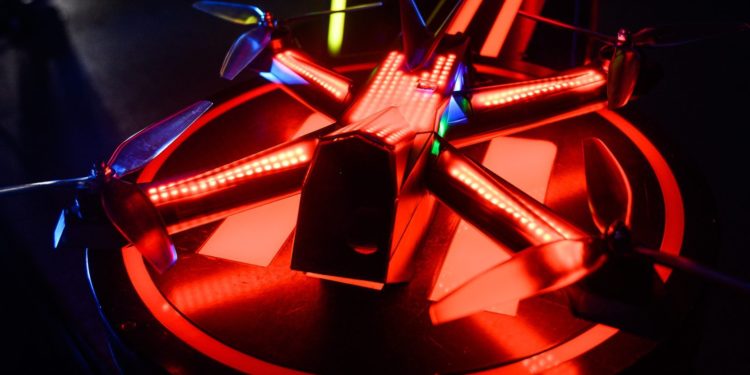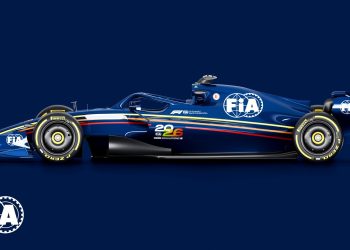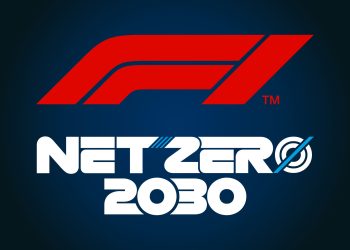Over the past decade and a half, drones have evolved from laboratory experiments to flying vehicles that are available in physical stores and online. Technological advancements have clear the way for the use of components and parts that have significantly improved the stability and control of modern drones.
Additionally, progress in battery technology has played an imperative role in the development of the current generation of drones. In this scenario, the devices have a wide range of applications, including aerial photography, disaster management, precision agriculture, geographic mapping, and weather forecasting.
More recently, the declining prices of first-person view (FPV) systems have led to a significant increase in the number of drone enthusiasts around the world.
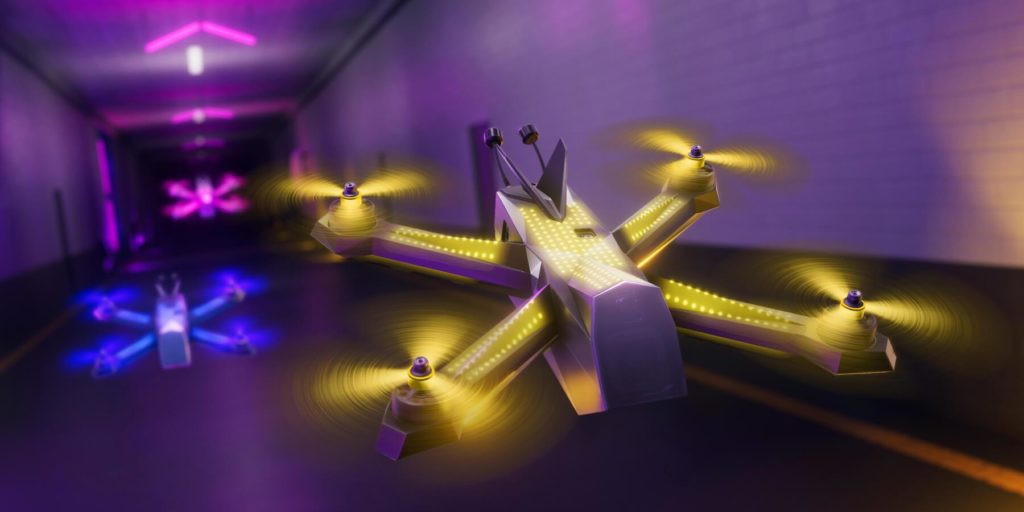
Image: Drone Racing League
The meteoric rise in the number of casual drone users, coupled with notable advancements in technology, has generated significant demand in recent years, a trend that is expected to continue throughout the forecast period.
Furthermore, the start of multiple drone racing leagues around the world is likely to provide a significant boost to the competition market in the near future. Therefore, despite being in a relatively nascent stage, the racing drone market is set to grow at an astonishing rate during the forecast period (2019-2027).
The focus for manufacturers
The racing drone market is forecast to experience a threefold growth over the forecast period. At present, multirotor drones that are deployed for racing have not been updated, in terms of technology, and have a great deal of room for improvement. Stakeholders have recognized the same and stepped up their efforts towards the development of highly advanced and cutting-edge drones with enhanced capabilities.
Manufacturers are expected to focus on the aerodynamics of racing drones to optimize the power required during flights by minimizing drag force.
Related content: Mokka-e, sold out! Government subsidy increased demand for electric vehicles in Germany
Additionally, they are focusing on reducing drag force to improve the maneuverability of their racing drones. In addition, manufacturers are investing a significant amount of resources in aerodynamic optimization by taking advantage of computational fluid dynamics and wind tunnel testing.
Considering the projected growth for the racing drone market, teams are likely to allocate a significant amount of research and testing funds to enhance the functionalities of their devices.
Launch of Drone Racing League to accelerate market growth
As a witness to the growing interest in drone racing, the first Drone Racing League of its kind was founded in 2015. The start of the league is expected to play a pivotal role in development in the years to come.
The Drone Racing League, which is currently in the fourth season, takes place in various locations around the world, including Germany, France and the US with significant improvements in FPV technology, availability of a plethora of FPV goggles, and consistent developments for widening field of view (FOV), the racing drone market has seen significant growth.
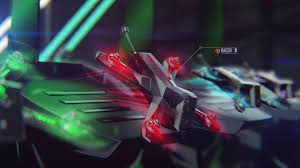
Image: Drone Racing League
Organizers of drone racing leagues are continually introducing innovative circuits that are expected to encourage and drive innovations in the marketplace.
For example, the Drone Racing League launched an Artificial Intelligence Robotics Racing circuit (AIRR), a series of drone races, in which university students and tech experts are invited to develop an artificial intelligence framework that will enable Racing drones fly through the circuits without human intervention.
Read also: Porsche will install electric vehicle chargers in Mexico
Due to the increasing popularity of FPV racing as a competitive sport, organizations such as the Drone Racing League and the US Drone Racing Association have been established.
The racing drone market is entering an era where investments are growing at an impressive rate, as companies, including Pepsi, GoPro and Ernst & Young, are joining the events as corporate sponsors.
Drone racing episodes recently aired on the Discovery and Science channels, which, in turn, is expected to improve awareness of these competitions.
Written by I Jhonattan González



